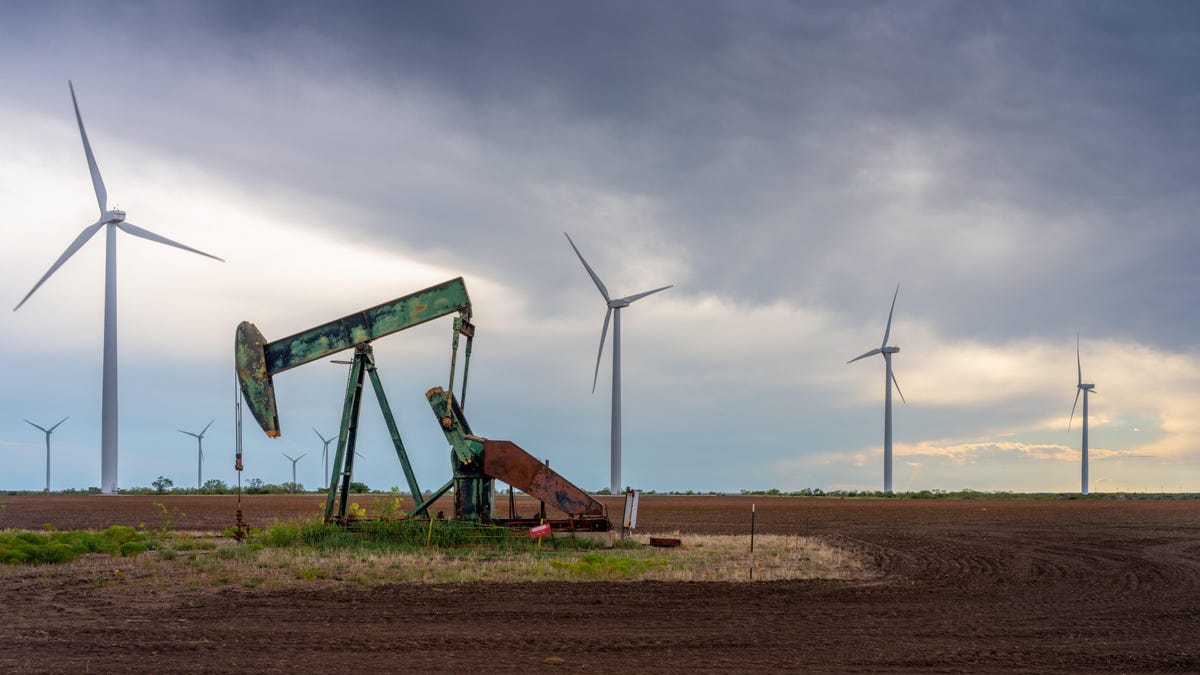Unfortunately for those of us currently stuck living on planet Earth, climate change is real, and human activity caused it. And if we don’t do anything about it, millions of people are going to suffer and die unnecessarily. So moving away from fossil fuels is an incredibly important mission, and being able to use clean, sustainable fuel sources is a big part of that. At the same time, though, we also desperately need to upgrade our electrical grid if that’s ever going to be possible.
The Verge reports that the International Energy Agency recently released a report that found “[g]overnments and utilities need to add or replace the equivalent of virtually all the world’s power grids by 2040 to reliably keep the lights on while cleaning up pollution from the power sector.” Yes, you read that right. Basically, the whole thing needs an overhaul, with about 50 million miles of infrastructure needing significant upgrades. And if that doesn’t happen, it’s highly likely that climate-related disasters will only continue to get worse, displacing or killing millions of people.
That’s not an exaggeration, either. If we can keep the global temperature from rising more than 1.5 degrees Celsius from pre-industrial levels, the World Health Organization believes we can legitimately prevent millions of unnecessary deaths. If not, though, storms, fires, floods, hurricanes and other climate disasters will only continue to get worse.
It’s a terrifying, uncomfortable thought, but at the same time running away from problems does nothing to solve them, so if we don’t want things to end up even worse than they already are, we’re going to have to get serious about the grid. From the Verge:
The IEA report emphasizes that power grids are a big part of that transition, and yet, grids don’t seem to be getting enough attention in that regard. The report says investment in power grids, which has been stagnant globally for more than a decade, needs to double to more than $600 billion a year by the end of the decade.
“The recent clean energy progress we have seen in many countries is unprecedented and cause for optimism, but it could be put in jeopardy if governments and businesses do not come together to ensure the world’s electricity grids are ready for the new global energy economy that is rapidly emerging,” IEA executive director Fatih Birol said in a press release.
Connecting new solar and wind farms to the grid has been a major bottleneck. The report found 1,500 gigawatts’ worth of advanced projects, five times the global solar and wind capacity added last year, “waiting for the green light.” In the US, it takes an average of five years for a new energy project to connect to the grid. It’s a problem the Federal Energy Regulatory Commission is trying to tackle by changing its process for reviewing new energy projects
It would be great if this was something one genius could solve, but sadly, upgrading the global electrical grid is going to take an incredible amount of cooperation, as well as money. And while there have certainly been some positive developments lately, actually making it happen on the kind of scale that’s needed to address the seriousness of the problem is going to be a huge challenge. Considering how many people in the U.S. see limiting future climate disasters as a partisan talking point, it’s hard to be optimistic. You never know, though, there’s always the chance, no matter how small, that we might actually pull this off and create a better future for our children and grandchildren.

